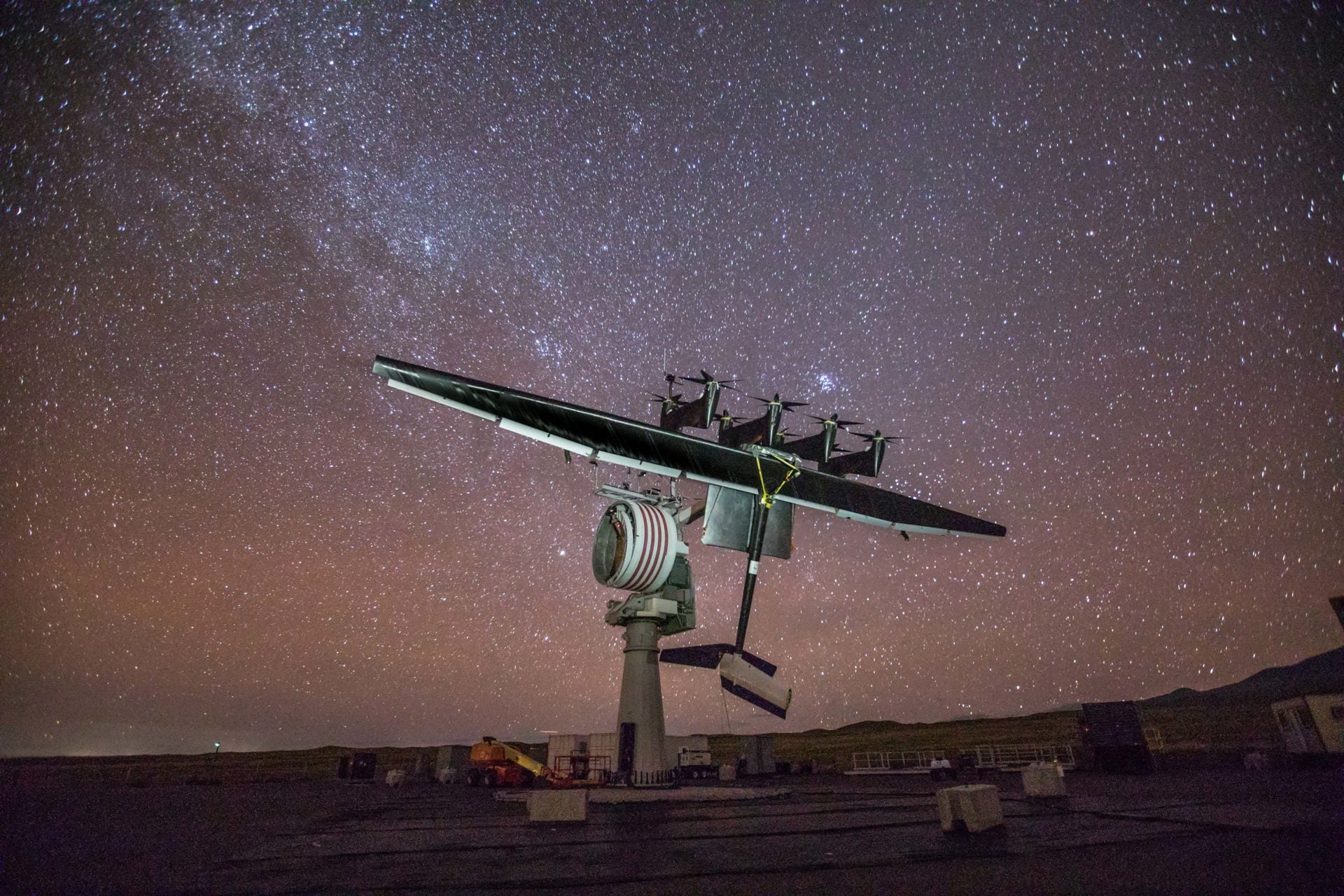
Researchers have developed flight simulator software for airborne wind energy systems (AWES), a technology that generates electrical energy through tension created by kite tethers or turbines located on drones.
The simulator is will help optimise the design of AWES to maximise the generation of energy, say the Universidad Carlos III De Madrid (UC3M) researchers who developed it.
The software is owned by UC3M and is free to download for research purposes.
Using data gleaned from two kitesurfs equipped with various instruments, the team also developed an AWES testbed that validated different software tools – including the simulator.
“The preparation of the testbed has required a significant investment of time, effort and resources, but it has also raised the interest from a large number of our students,” said Gonzalo Sánchez Arriaga, a research fellow at the Department of Bioengineering and Aerospace Engineering at UC3M..
“Besides research, the project has enriched our teaching activities, as many of them have carried out their undergraduate and master final projects on AWES.”
How well do you really know your competitors?
Access the most comprehensive Company Profiles on the market, powered by GlobalData. Save hours of research. Gain competitive edge.

Thank you!
Your download email will arrive shortly
Not ready to buy yet? Download a free sample
We are confident about the unique quality of our Company Profiles. However, we want you to make the most beneficial decision for your business, so we offer a free sample that you can download by submitting the below form
By GlobalDataHow do airborne wind energy systems generate power?
There are two forms of AWES. In the first, a kite generates energy through the tension created in the kite’s tether to move an electrical generator located on the ground. This is known as a ground generation scheme.
In the second, a fly generation scenario, wind turbines onboard an aircraft such as a drone produce electrical energy that is transmitted to the ground by a conductive tether.
“AWES are disruptive technologies that operate at high altitudes and generate electrical energy,” explained Sánchez Arriaga.
“They combine well-known disciplines from electrical engineering and aeronautics, such as the design of electric machines, aeroelasticity and control, with novel and non-conventional disciplines related to drones and tether dynamics.”
AWES contain 90% fewer materials and are cheaper to install and operate compared with traditional grounded wind turbines, which can cost between £320,000 and £3m, depending on the type of turbine.
The kite or aircraft operates at a height of over 500m, where the wind is stronger and less intermittent.
At this height, they will not have the same visual impact as conventional wind turbines. AWES – particularly the kites – can also be moved easily to remote locations.
However, critics point out that AWES must overcome the challenge of safely suspending and maintaining these turbines, as well as requiring private airspace. Others also question their development when the cost of existing renewable technologies are falling.
Companies developing airborne wind energy systems
Engineers have been working on airborne wind energy systems for more than a decade. Makani, a division of Google’s secretive research arm Google X, has developed a giant ‘kite’ that can generate enough wind energy to power about 300 homes.
The spin-out company recently partnered with oil and gas giant Shell in a push towards commercialisation and to expand to offshore environments.
Elsewhere, companies such as Kitenergy, SkySails Power and Ampyx Power are also developing their own various types of AWES.
The UC3M simulator was presented in a recent scientific article published in Applied Mathematical Modelling.
Read more: CO2 removal technology vital for achieving climate change goals







